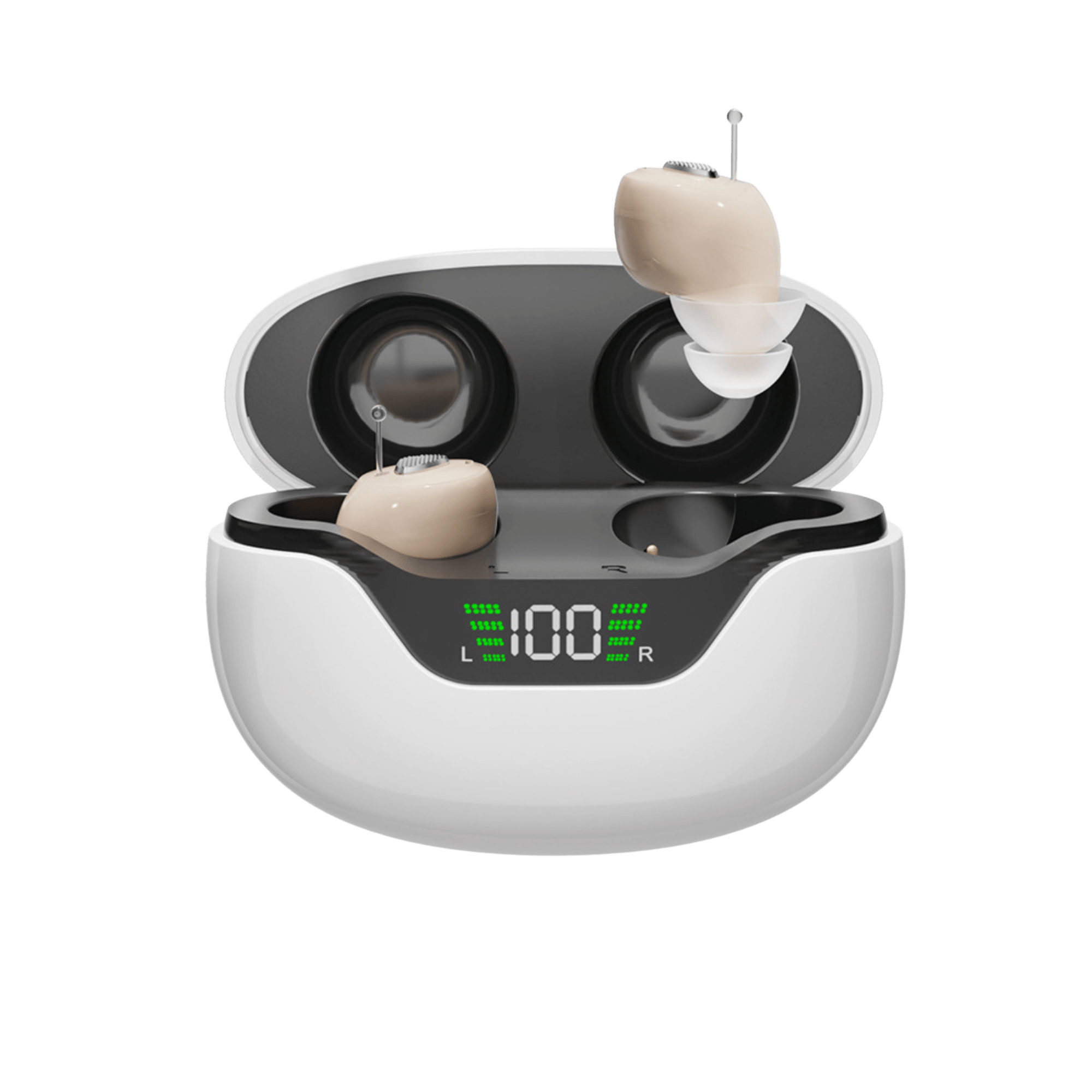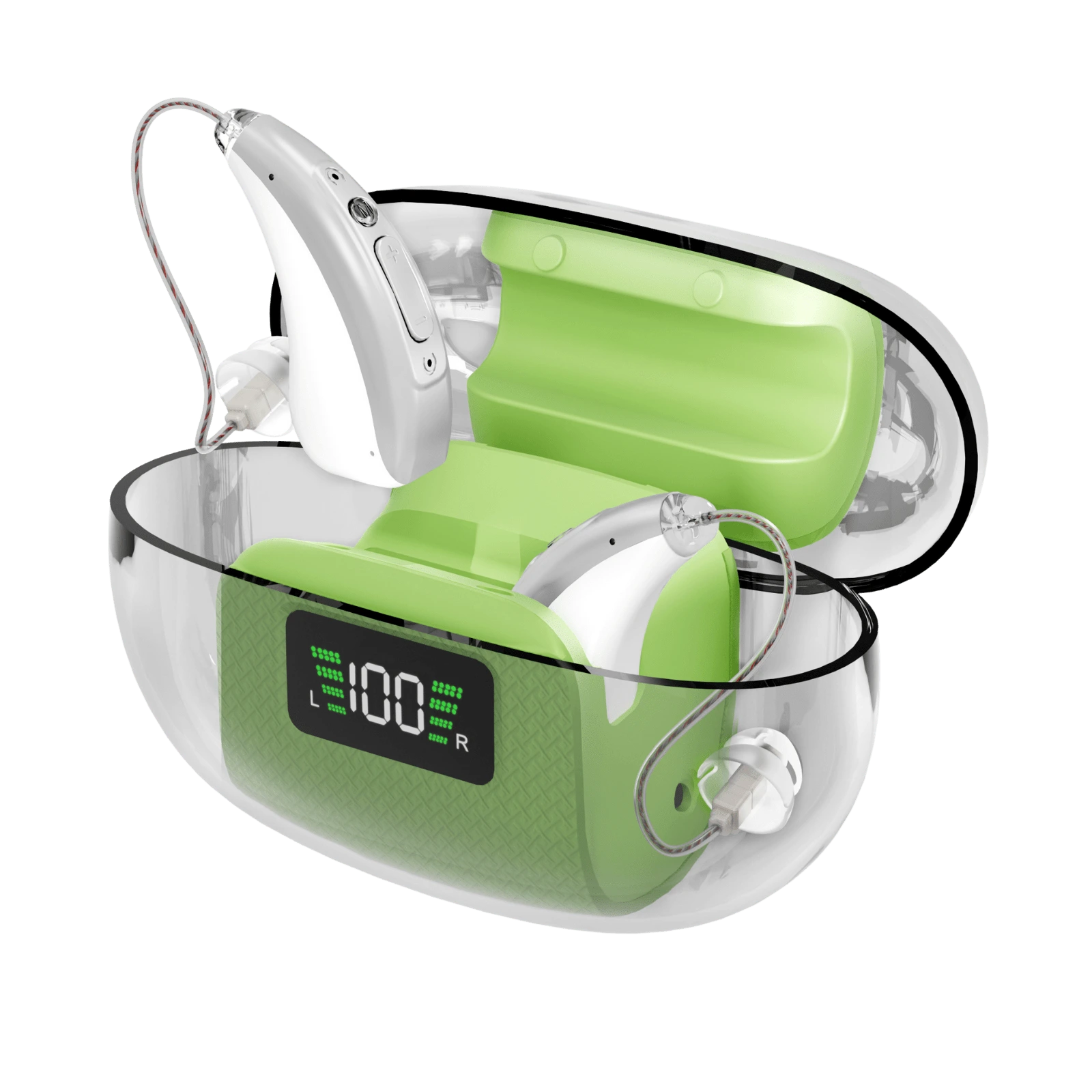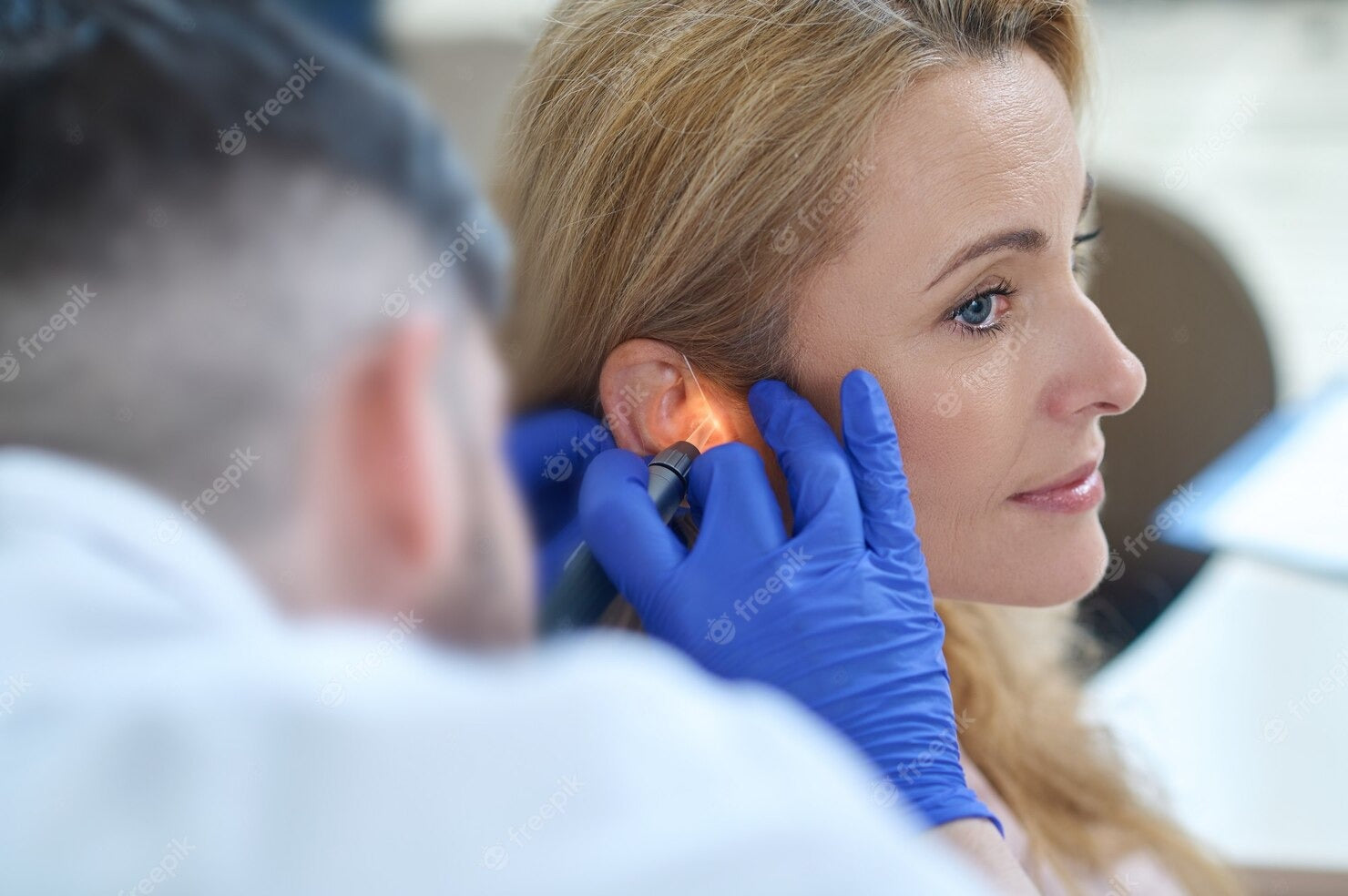Introduction
In order to successfully navigate the financial elements of hearing aids, a wide variety of resources are typically required. Each conceivable source of assistance, from governmental programs to personal savings, brings its own one-of-a-kind advantages. On the other hand, there is an increasing emphasis being placed on community-based programs for elder health as well as service groups that are committed to hearing health. However, the assistance that hearing aids require could be attainable through these other channels. Let's explore.
The Importance of Community-Based Programs in Promoting the Auditory Health of Older Adults
Community-based programs for senior health often have the goals of improving the overall quality of life for older individuals in their communities and making available the resources they require. These programs encompass a wide variety of services related to health and wellbeing, such as health checks, social events, meal delivery, and exercise programs.
It is likely that some of these programs, particularly those with a significant emphasis on health or disability support, may be able to give assistance in the area of hearing aids. This might take the form of financial assistance, links to resources for cheap hearing aids, or referrals to other supporting services. Because the particulars will change from program to program, it is vital to get in touch with groups in one's community in order to obtain correct information.
Service clubs and charitable organizations are important allies in the fight for better hearing health.
In the quest for improved auditory health, community service groups and philanthropic organizations can be helpful partners. Many organizations, such the Lions Clubs International and the Rotary Club, amongst others, run regular programs to promote healthy hearing in its members. They might be able to help in a variety of ways, such as by arranging hearing tests or offering financial assistance for hearing aids.
Individuals with lower means can take advantage of the Lions Affordable Hearing Aid Project (AHAP), which provides hearing aids of a high standard at costs that are more affordable. In a similar vein, the Starkey Hearing Foundation's Hear Now initiative offers assistance to low-income Americans who are having trouble hearing.
Conclusion
Community-based initiatives and service groups give another layer of possible help to the complicated environment of hearing aid funding. In spite of the fact that they might not provide direct coverage in the conventional sense, the services they provide frequently assist in bridging the gap that exists between individuals and the resources they want for improved hearing health.
As we make our way through this complex environment, it is essential that we keep in mind that assistance may frequently be found in a variety of guises and in unexpected locations. Individuals in need, particularly seniors, have a higher chance of finding the aid they require to make their dream of improved hearing a reality if they keep themselves educated and reach out to community groups in their area.
In order to successfully navigate the financial elements of hearing aids, a wide variety of resources are typically required. Each conceivable source of assistance, from governmental programs to personal savings, brings its own one-of-a-kind advantages. On the other hand, there is an increasing emphasis being placed on community-based programs for elder health as well as service groups that are committed to hearing health. However, the assistance that hearing aids require could be attainable through these other channels. Let's explore.
The Importance of Community-Based Programs in Promoting the Auditory Health of Older Adults
Community-based programs for senior health often have the goals of improving the overall quality of life for older individuals in their communities and making available the resources they require. These programs encompass a wide variety of services related to health and wellbeing, such as health checks, social events, meal delivery, and exercise programs.
It is likely that some of these programs, particularly those with a significant emphasis on health or disability support, may be able to give assistance in the area of hearing aids. This might take the form of financial assistance, links to resources for cheap hearing aids, or referrals to other supporting services. Because the particulars will change from program to program, it is vital to get in touch with groups in one's community in order to obtain correct information.
Service clubs and charitable organizations are important allies in the fight for better hearing health.
In the quest for improved auditory health, community service groups and philanthropic organizations can be helpful partners. Many organizations, such the Lions Clubs International and the Rotary Club, amongst others, run regular programs to promote healthy hearing in its members. They might be able to help in a variety of ways, such as by arranging hearing tests or offering financial assistance for hearing aids.
Individuals with lower means can take advantage of the Lions Affordable Hearing Aid Project (AHAP), which provides hearing aids of a high standard at costs that are more affordable. In a similar vein, the Starkey Hearing Foundation's Hear Now initiative offers assistance to low-income Americans who are having trouble hearing.
Conclusion
Community-based initiatives and service groups give another layer of possible help to the complicated environment of hearing aid funding. In spite of the fact that they might not provide direct coverage in the conventional sense, the services they provide frequently assist in bridging the gap that exists between individuals and the resources they want for improved hearing health.
As we make our way through this complex environment, it is essential that we keep in mind that assistance may frequently be found in a variety of guises and in unexpected locations. Individuals in need, particularly seniors, have a higher chance of finding the aid they require to make their dream of improved hearing a reality if they keep themselves educated and reach out to community groups in their area.





